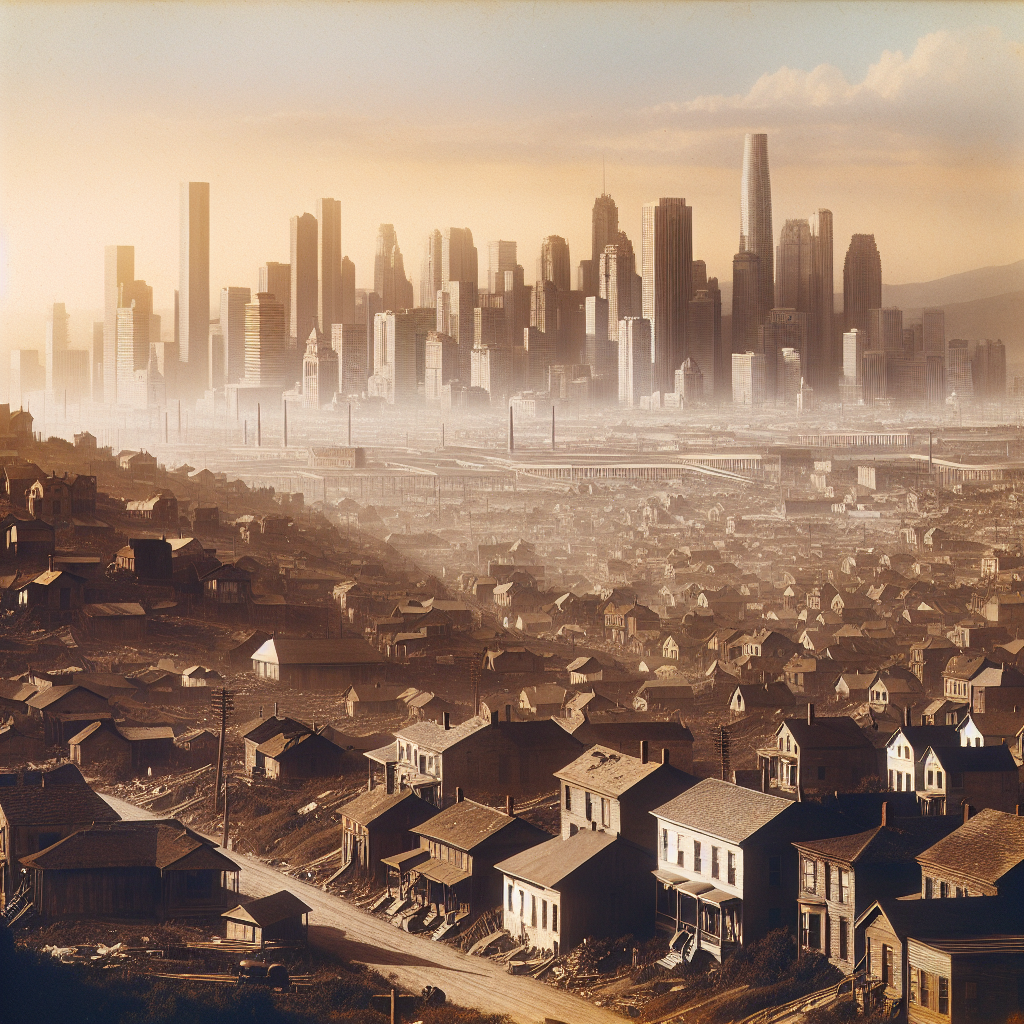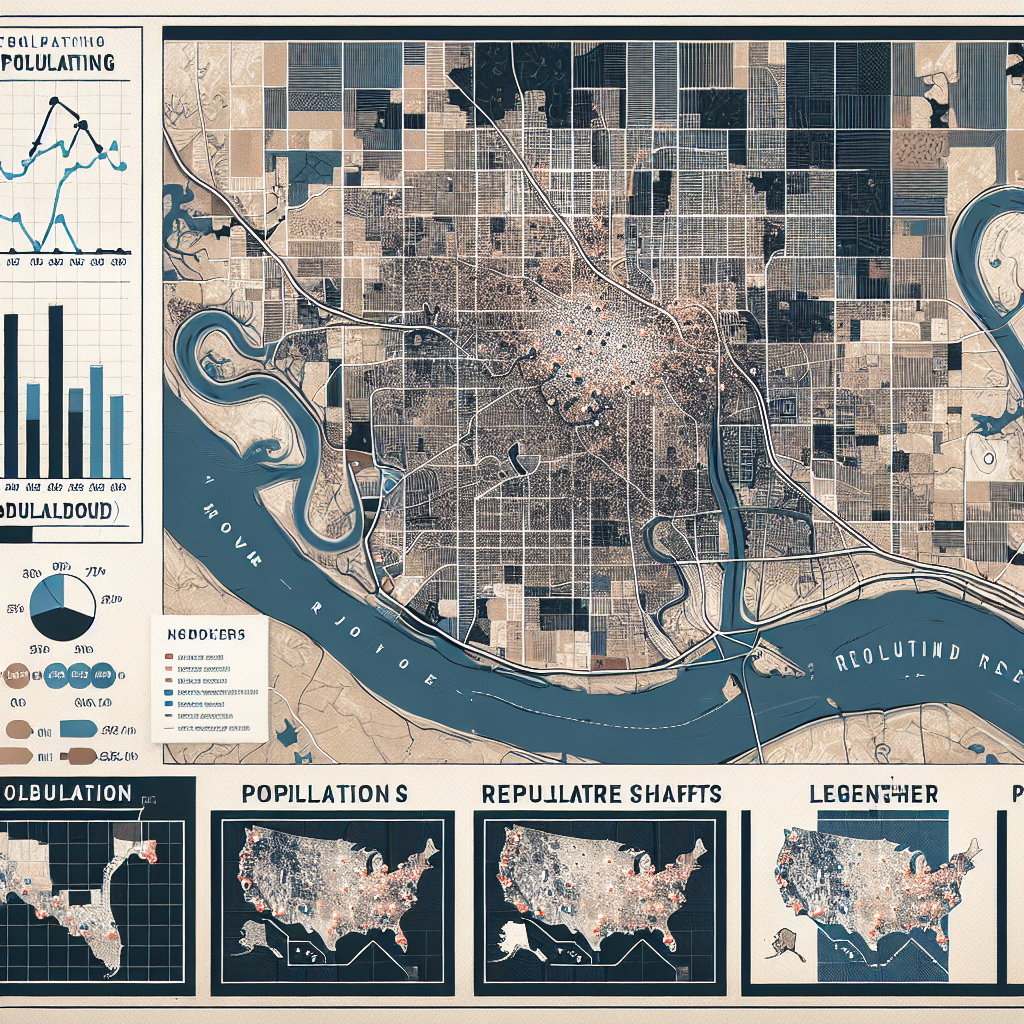
As an investigative reporter, I liken the current state of the housing market to a high-stakes game where unpredictability is the rule rather than exception. The growing concerns surrounding its bubbling nature have laid an uncanny parallel path to our existing transportation network.
The game-like aura around this topic has key moments that demand attention. When houses crowd city cores and prices rise astronomically, people are pushed outward causing increased dependency on public transport systems and highways which were not planned for such surges.
In terms of player performance – urban planners and government authorities – their capacity to manage these changes effectively can be called into question. Housing bubbles don’t just create financial crises; they put pressure on transportation infrastructure too.

Strategic decisions by both developers focusing largely on luxury condominiums & local authorities favoring highway expansions over upgrading public transit systems is turning out as a short-term gain but long-term pain.
This brings us to team dynamics – between real estate developers pushing for profitable development projects versus urban planners struggling for sustainable growth along with smooth-running transit networks during such volatile scenarios.
Historical Context
The implications for future city planning are immense. Architects, urban planners, and transportation officials will have to work together more closely than ever before to mitigate these effects.
Fan reaction
The media coverage has widely focused on financial aspects of housing bubble but less so on its wider societal impacts such as how it shapes our transport networks and daily lives.
Looking ahead, we need a comprehensive approach. Just as stakeholders closely monitor the housing market trends to prevent another bubble burst, they should equally pay heed to the ensuing pressure it puts on our transportation systems.
